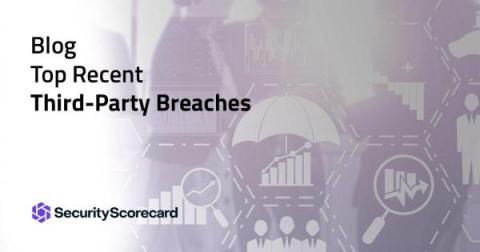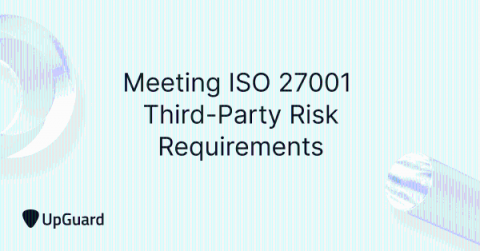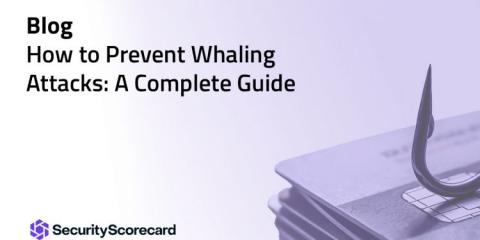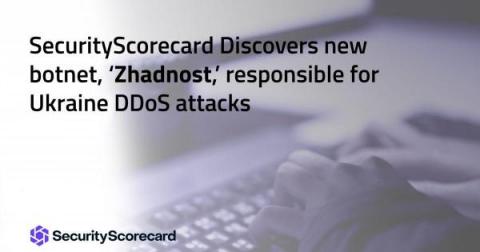Alleged Okta Breach - What Can You Do?
Early in the morning of March 22nd a threat group known as LAPSUS$ posted screenshots on their Telegram account that allegedly show access to Okta internal systems such as Slack, Cloudflare, Jira, Salesforce and other “Okta cards.” Okta’s CEO Todd McKinnon apparently confirmed an event in January in a tweet:: “In late January 2022, Okta detected an attempt to compromise the account of a third party customer support engineer working for one of our subprocessors.











